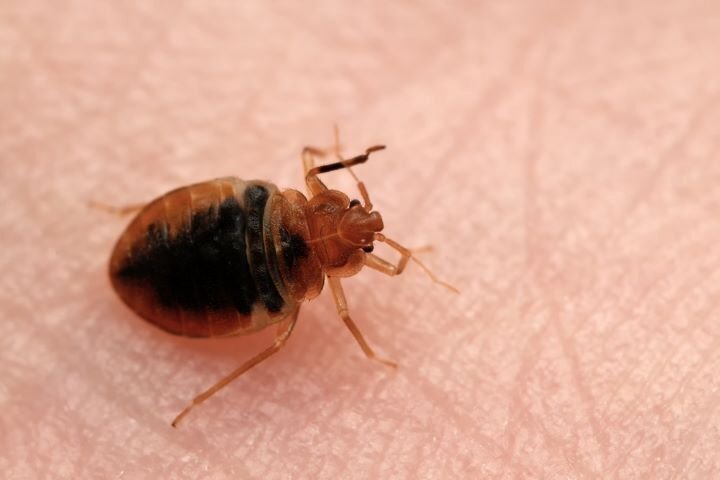Pests act differently, and their activity changes when temperature changes, so it is important to understand how bugs behave in different seasons. You can see many insects in summer, and they are very active, while in winter, the environment is almost free of pests.
This article will help you understand the science and the survival tricks behind this. You also need to know the changes that take place from season to season from the availability of food to breeding cycles, so that you can protect your home for the whole year.
If you want to get help on how you can keep your properties safe, you can talk to expert companies like Exterminator Services in Mascoutah. They will give you solutions to deal with pest problems in every season. In this article, you will find out the reasons behind the different behaviors of pests in different seasons and their activity.
The Summer Surge: Why Bugs Thrive in Warmer Months
During warm weather, insects reproduce at a very fast rate, which leads to an increase in the population. In summer, the days are long, and pests like ants, mosquitoes, and flies can get more active hours during which they can work.
Abundant Food Sources
Summer gardens and outdoor picnics can give pests a lot of food so they can live easily. Stagnant water from sprinklers and pools can become places in which mosquitoes can lay eggs and increase their population.
Ideal Temperature and Humidity
Most insects grow at a fast rate in temperatures between 75°F and 95°F. Conditions that are hot and have a high amount of moisture can increase the growth and survival rates of insects like cockroaches and termites.
Winter Lull: Where Do All the Bugs Go?
Many insects are cold-blooded animals, which means they can not control their temperature while the temperature changes in the environment. This is the reason why many pests go into Hibernation and Diapause.
Diapause is a dormant state in which many insects enter so that they can save their energy and start working again when the summer comes. Common hibernators are ladybugs and some species of spiders.
Migration to Warmer Climates
Monarch butterflies and some birds go to other places so that they can save themselves from the cold. Pests like rodents and cockroaches enter the homes to look for warm areas in which they can live.
Reduced Reproduction
Low temperatures make the metabolism of insects slow, which makes it difficult to breed at a fast rate. Fewer insects mean that we do not see them easily during the colder months. Winter does not keep the pests away; it only slows them down.
How Seasonal Changes Affect Pest Behavior in Your Home
When the summer season comes, many pests that live outside, like wasps and crickets, build nests near places where there is human activity. Ants enter homes in search of water when there are dry periods.
During winter, rodents and bugs look for shelter in places in your home, like the basements, attics, and empty places in the walls. If you ignore the firewood piles, it can become home to spiders and termites.
Tips to Protect Your Home
Try to keep the food sealed and store it properly throughout the year. Keep a regular check and maintain the insulation and sealing of your home to keep the pests away.
Pest Control Strategies for Every Season
When summer comes, you can use insect-repellent plants like citronella in your garden and around outdoor spaces. Schedule routine pest inspections to know if there are any possible threats at an early stage.
Winter
You can install weather stripping to block the gaps that are present around windows and doors. Talk to a professional and get pest-proofing done before the cold weather comes.
Protect Your Home: Take Action Now!
Do not let pests disturb your comfort. Try to stay one step ahead of their seasonal patterns. Take early steps to maintain a pest-free environment by using preventive tips and getting help from experts when there is a need.
